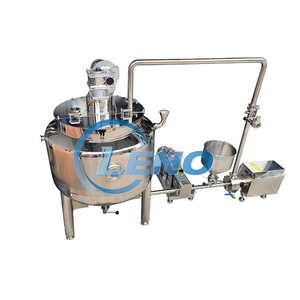
All categories
Featured selections
Trade Assurance
Buyer Central
Help Center
Get the app
Become a supplier

(Có 258 sản phẩm)












Duyệt qua Alibaba.com để biết bồn trộn 5 tấn chất lượng cao cấp và các phụ kiện cho tất cả các hình dạng, kích thước và kiểu xe. Các bộ phận không thể thiếu đối với ngoại hình và sự thoải mái khi lái xe của xe và người mua có thể tìm thấy chúng với nhiều kiểu dáng và chất liệu khác nhau. bồn trộn 5 tấn thường bao gồm vành, lốp, van và trung tâm với nhiều tính năng đáng tin cậy. Các yếu tố lựa chọn chính cho các thành phần bao gồm kích thước bánh xe, tuổi thọ, phương pháp sản xuất, hiệu suất của ô tô, chi phí và nguyên liệu thô được sử dụng để tạo ra chúng.
Có bồn trộn 5 tấn và mỗi loại khác nhau có các chức năng của nó, hoạt động đồng bộ để đảm bảo lái xe an toàn và thoải mái. Chọn các bộ phận mới với ngày sản xuất hiện tại hơn trên Alibaba.com để tăng hiệu suất của xe trên đường và ngoài đường. Điều cần thiết là phải so sánh các kích thước bánh xe trước khi thay thế để có sự phù hợp cơ khí phù hợp. Hầu hết các thành phần cũng bao gồm chiều rộng ren, hướng tâm, tỷ lệ khung hình, loại lốp và xếp hạng vòng bi tốc độ để đảm bảo tính tương thích.
Khám phá chất lượng và sáng tạo bồn trộn 5 tấn để nâng cao hiệu suất của xe ở các điều kiện thời tiết. Bạn có thể tìm thấy các thành phần bánh xe bằng cao su, thép và sắt có thể chịu được nhiệt độ và các tác nhân môi trường khắc nghiệt. Hầu hết các bộ phận bằng kim loại đều trải qua quá trình thử nghiệm áp suất và nhiệt độ cao trong quá trình sản xuất để đảm bảo bánh xe hoạt động đáng tin cậy và chắc chắn.
So sánh các tùy chọn bồn trộn 5 tấn hấp dẫn và các ưu đãi độc quyền trên Alibaba.com dành cho ô tô, xe tải và xe máy. Các thành phần cao cấp này được thiết kế độc đáo để mang lại giá trị tốt nhất cho đồng tiền. Người mua hàng cũng có thể được hỗ trợ kỹ thuật đáng tin cậy từ các nhà sản xuất và nhà phân phối đáng tin cậy.